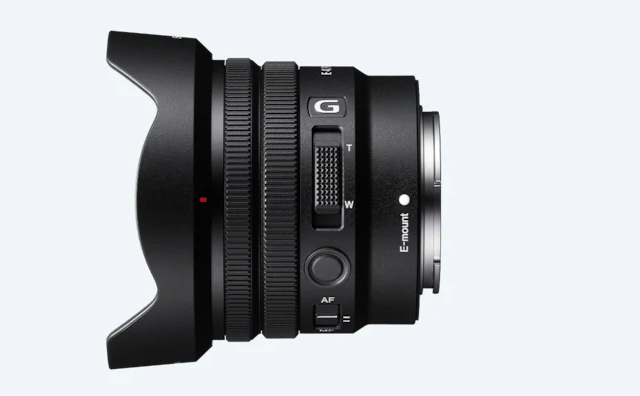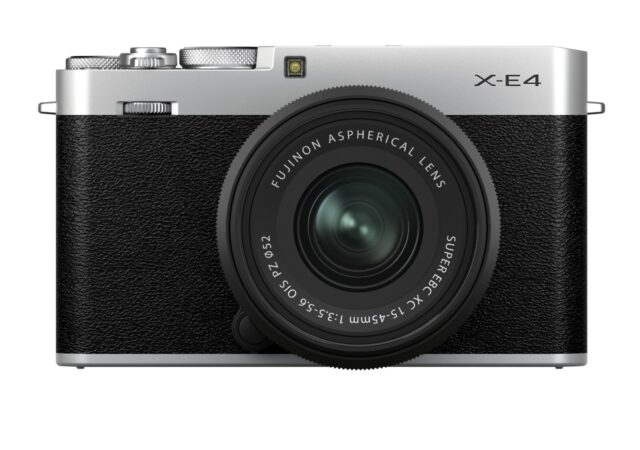Sony announces three new E-mount wide-angle lenses specifically for the APS-C format sensor perfect for landscape photography and vlogging.
FUJIFILM X-E4 Launches in Malaysia, Available Late February 2021 Onward
FUJIFILM launches the new X-series X-E4 compact mirrorless camera in Malaysia. Available February 2021 onward.




